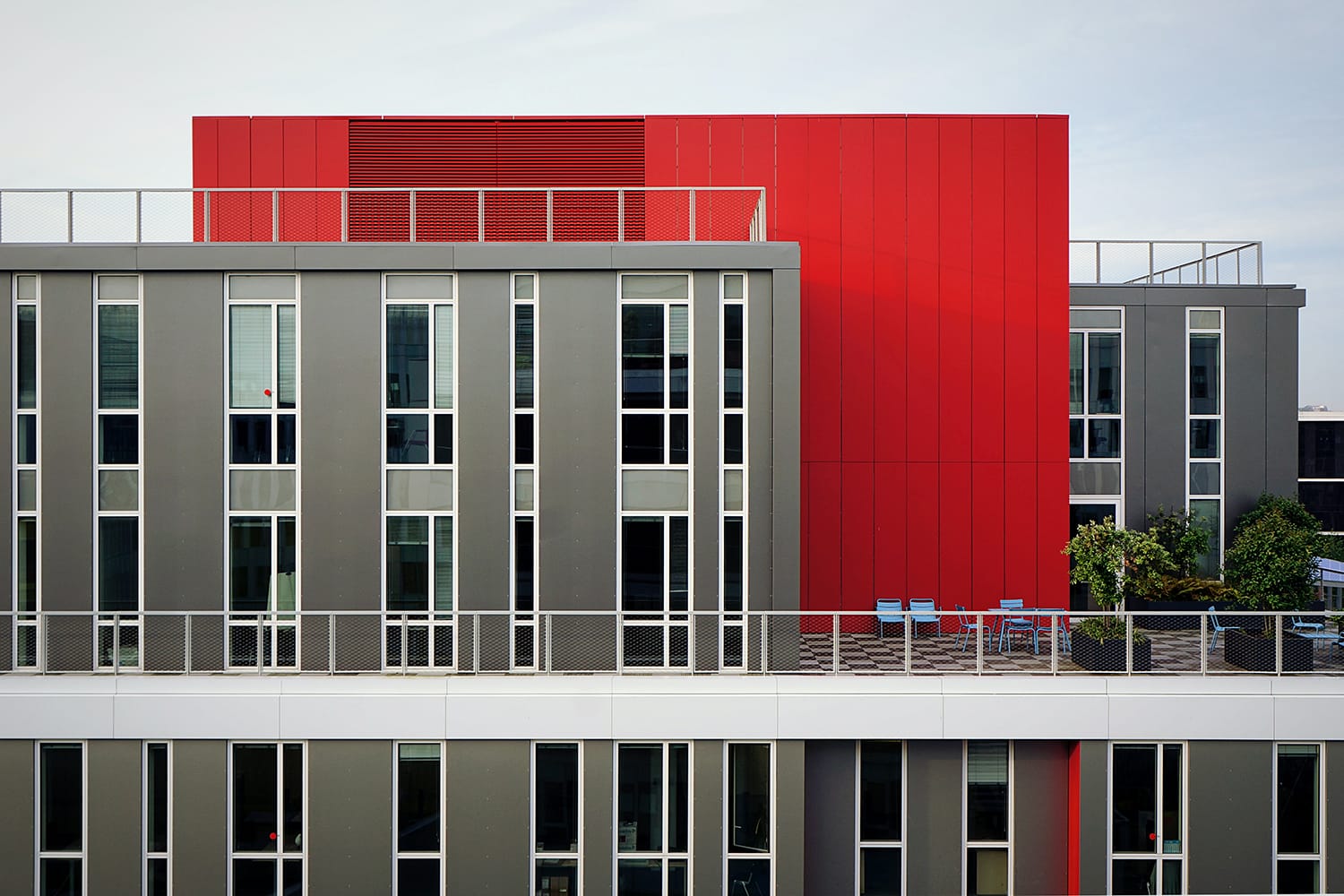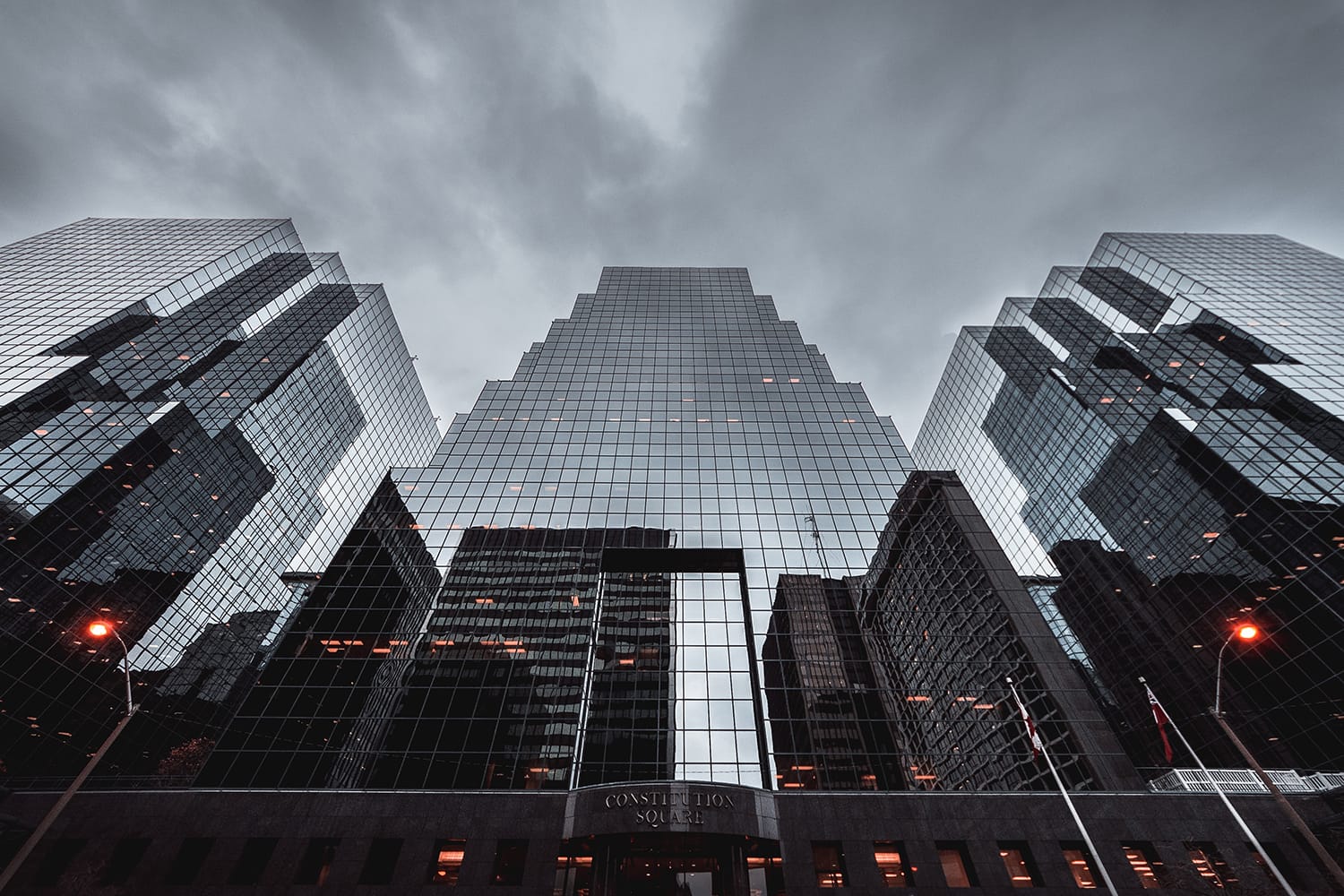Architectural Photography 101: How to Take Amazing Images of Human-Made Structures
Architecture is one of the most appreciated art forms that date back to the time before the Pyramids were erected. It took many forms; even the simplest geometrical lines were considered architecture.
As the years went on, more complex creations were introduced to the world. There were now intricate designs and, for some, symbolism. Today, each architecture work depicts more than just a structure; each piece carries an identity, distinct characteristics, and meaning.
Even with technology surrounding our modern lives, architecture continues to thrive. Whether it’s a simple one-story residential building or a state-of-the-art corporate headquarters, each one is a work of art; an architect’s masterpiece. Many people, however, often take this for granted.

Only very few people would take the time to admire a building or its interiors. It’s a good thing that there are architectural photographers who know how to bring buildings to life.
The Beginnings of Architectural Photography
Nobody knows exactly when architectural photography gained in popularity. Still, it’s safe to assume that photography likely contributed to the recording of those masterpieces and served as a means to show others what the buildings and structures looked like.

The 20th century brought a lot of changes, including more attention and admiration for architects. Thus, the need to capture and immortalize their works in photos became even more important.
Classification of Architectural Photography

Architectural photography is commonly described as the form of photography that uses buildings and other structures as subjects. It has many classifications, but the two most common and simplest types are Interior and Exterior Architectural Photography.
-
Exterior Architectural Photography
This kind of architectural photography takes advantage of daylight or good light sources (ex. moonlight, ambient light from street lights, and exterior lights on buildings).
An exterior architectural photographer prefers scenes with good landscaping around a building. He will want to blend a structure’s aesthetics with its environment. It’s pretty much like capturing a scene in its natural element or surroundings. He will also like to take shots showing perfect and clean lines of a building or structure.
The best way to do this is to take the shot against a clear sky. The main aim of an exterior architectural photographer is to invite interest and curiosity among audiences.
-
Interior Architectural Photography
Although Interior Architectural Photography will also find ways to use ambient lighting (from open windows and street lights, for example), there will still be a need to add more light to the scene. This can be achieved by using supplemental lighting, the most popular of which is the flash.
This is why indoor architectural photography is considered controlled photography. The photographer takes control of the situation by adjusting the lighting. In this architectural photography type, the most important element is space. This is the reason why those who take interior shots of buildings use wide-angle lenses. They’ll be better able to capture the complete picture, including the aesthetic elements.
A lot of them also choose to take clean, simple shots; they avoid the clutter. This greatly helps establish the focus and highlight the personality or character of a space or structure.
Techniques Used

Architectural photographers use various techniques in coming up with images that they can consider masterpieces or true works of art. These techniques also help produce photos that add more dimension, life, and meaning to an architectural creation.
- Cameras that can be tilted or shifted are popular with architectural photographers. These cameras allow them to use controlled perspective, another valuable technique in architectural photography.
- A controlled perspective involves proper positioning of the camera, among others. To create parallel vertical lines, the camera’s focal plane should be controlled or adjusted. It should be perpendicular to the ground. Parallel vertical lines will produce majestic images of buildings.
- A deep depth of field is needed to make sure that both the foreground and background have the same sharpness level.
- The best cameras for architectural photography are the view cameras. They allow flexibility so photographers can tilt or shift them without issues. Examples of view cameras are the monorail, press, and field camera. The more modern take on view cameras, like the Sinar Artec View, is recommended for architectural photography as it allows one to take panoramic stitched images.

Basic Equipment
The basic equipment needed for architectural photography is the following:
- Camera. If using DSLR, its resolution should be at least 10 megapixels. Lenses should be anywhere from 12 to 18mm. It would be better to have an extra camera, too, one that’s made specifically for architectural photography, like the Sinar Artec View.
- Flash. Get more than one. It’s better to have extras in your kit.
- Tripod. Tilting and shifting the camera will not be difficult when it is mounted on a durable tripod.
Some Useful Tips for First Timers
Even if it is your first time doing architectural photography, you can develop beautiful shots. All that you need to do is keep some important tips in mind.
- Never forget to use a wide-angle lens, especially if you are taking exterior shots. Additionally, go for wide apertures. This will help create the right photo atmosphere. Your pictures won’t look “staged” or like those of crime scenes. Your shutter time should likewise be long.
- Take advantage of the wide-angle lens. You can use the lens to amplify the space of even the smallest rooms.
- Tell a story, but do not force the issue. Let the building or structure tell the truth. If there are stains on the window, don’t remove them. Find a way to glorify that flaw. Use it to tell a story. Photograph a building in its natural element.
- Pay attention to the weather. Be sure to schedule your shoot when it is not too cloudy or when no rain is expected. Unless you want to create a dark or damp mood to your photo, shooting during a storm is a big no-no.
- Take as many pictures as you can, from as many angles as you can. Play the elimination game later on, and you’re sure to find the best shots.
- Never lose your focus. Keep in mind that your central focus is the building, not whatever surrounds it. Imagine that the building is at the center of a circle. This will help keep the focus right.
Architectural photography may not yet be as popular and in-demand as portrait photography, but it’s on its way there. More and more people realize its importance, especially in the fields of construction and real estate. In the next couple of years or so, architectural photography will be mainstream.
